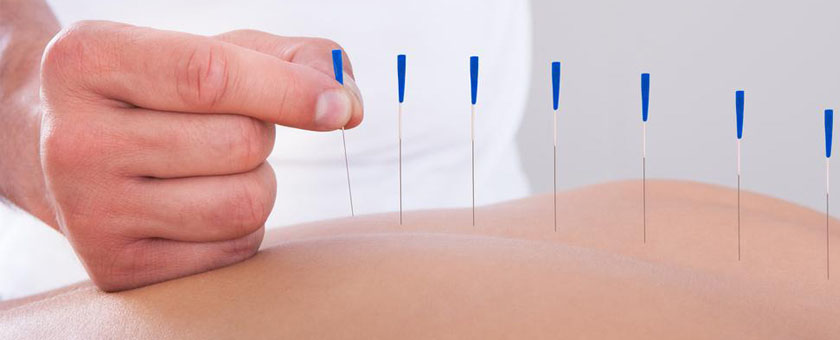
Plantar fasciitis is one of the most frequent symptoms of heel pain experienced by millions of people. It can be an awful disease.
Just moving around or standing is agonising. Of all the treatments proposed, dry needling has been viewed as efficient in treating plantar fasciitis. This article discusses the effectiveness of dry needling dubai in treating plantar fasciitis or chronic pain in the heel.
What is Plantar Fasciitis?
Plantar fasciitis is an inflammation of the plantar fascia, which is a thick fibrous band of tissue that connects the heel bone to the toes.
This condition is usually characterised by a sudden stabbing pain at the heel, specifically when one is taking the first step or when one is out of bed.
These causes include activities that place pressure on feet, unsuitable shoes, being overweight, and spending much time on your feet.
What is Dry Needling?
Dry needling could be described as the use of fine filament needles to penetrate the muscle tissues to alleviate myofascial trigger point pain.
It entails the use of very fine, solid needles, which are hyperedermed into the areas of tenderness or spasm, for this purpose.
Dry needling is one of the procedures that stem from modern Western biomedical practice and not from traditional Chinese medicine, as is the case with acupuncture.
It can be identified as a method that pays much attention to finding solutions to alleviating pain and enhancing functional activities while addressing definite points of muscular contraction.
How Dry Needling Helps with Plantar Fasciitis
During the process of inserting the needle into a trigger point, one gets a local twitch response, which aids in the unlocking of muscle contraction, an increase in blood flow, and an overall reduction of pain.
The mechanical stimulation provided by a needle also helps increase the levels of endorphins and other natural painkillers in a person’s system.
When performed by a trained professional, dry needling can be highly beneficial in relieving pain felt in plantar fasciitis because the procedure targets the muscle issues linked to the condition.
The procedure focuses on the area consisting of tight muscles and trigger points in the calf and foot, which tend to worsen plantar fasciitis. This way, dry needling for the stiffest areas can keep the pressure off the plantar fascia and minimise pain and suffering of the affected foot.
The Dry Needling Procedure
In the plantar fasciitis dry needling procedure, the patient is positioned comfortably on the table where the practitioner located the trigger points in the calves and foot. The next step involved after washing the skin is to make insertion of the needles in these points.
When the needle is applied, there is the sensation of a slight cut, and then the patients will feel an intense dull pain and a muscle contraction or a twitch response.
It is worth knowing that after the insertion, the needles are usually retained in special locations for 5-10 minutes to achieve the desired healing impact. The procedure is comparatively safe, noninvasive, and causes little discomfort, which usually does not warrant risky treatments.
Duration and Frequency of Dry Needling for Plantar Fasciitis
The number of sessions and the interval between the dry needling sessions on plantar fasciitis depends on the severity of the condition and the response to treatment.
The patient needs to start with two to three sessions a week for the first one or two weeks, depending on the case. This means this type of therapy can be done once a week or less as symptoms progress to the normal range.
After several therapy sessions, the majority of patients notice a substantial relief of their symptoms; however, they may require occasional boosters to address the problem.
Aftercare
After the dry needling session, patients can feel mild pains or bruises at the spot of the needling. After treatment, one should listen to the practitioner’s instructions, which may include some simple exercises, icing the treated area, and drinking water.
It is also advisable to avoid ” high-impact” activities for a day or two after the session to avoid discomfort and hasten the healing process.
Rama Care’s Approach to Dry Needling for Plantar Fasciitis
At Rama Care, we specialise in plantar fasciitis treatment by using dry needling as a successful option. The experienced practitioners offer comprehensivepersonalizedfor the patients to determine appropriate management based on the patient’s needs.
Indeed, it is our passion to combine different techniques, including dry needling and physical therapy discussing with the client the necessity to wear proper shoes for certain types of activities which cause plantar fasciitis.
